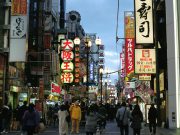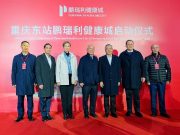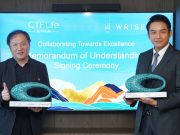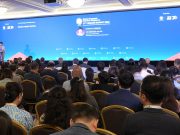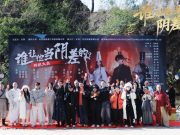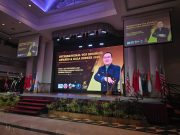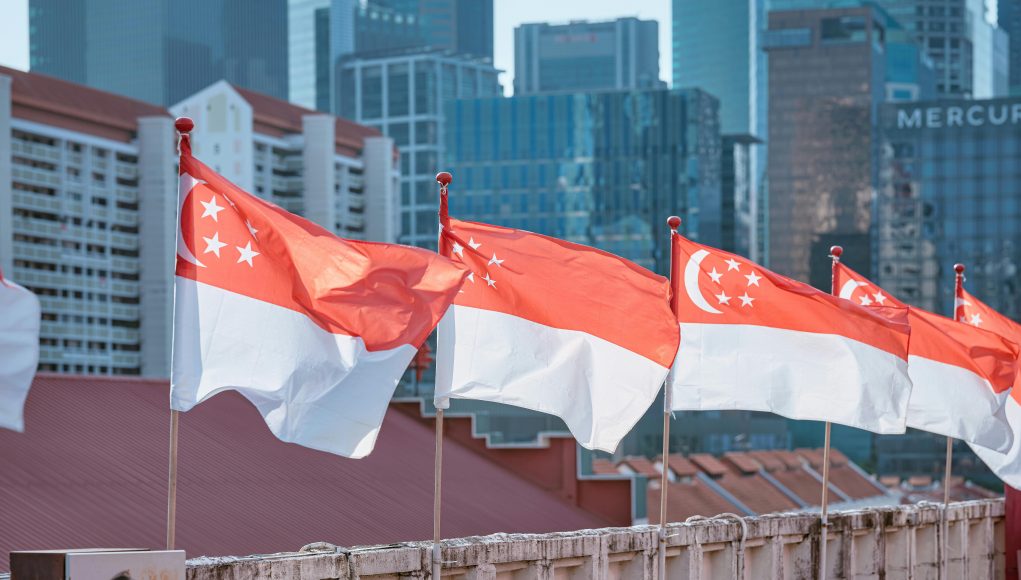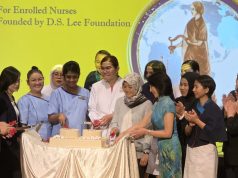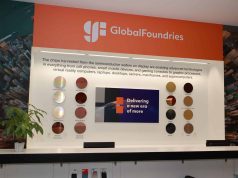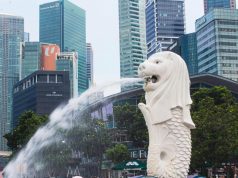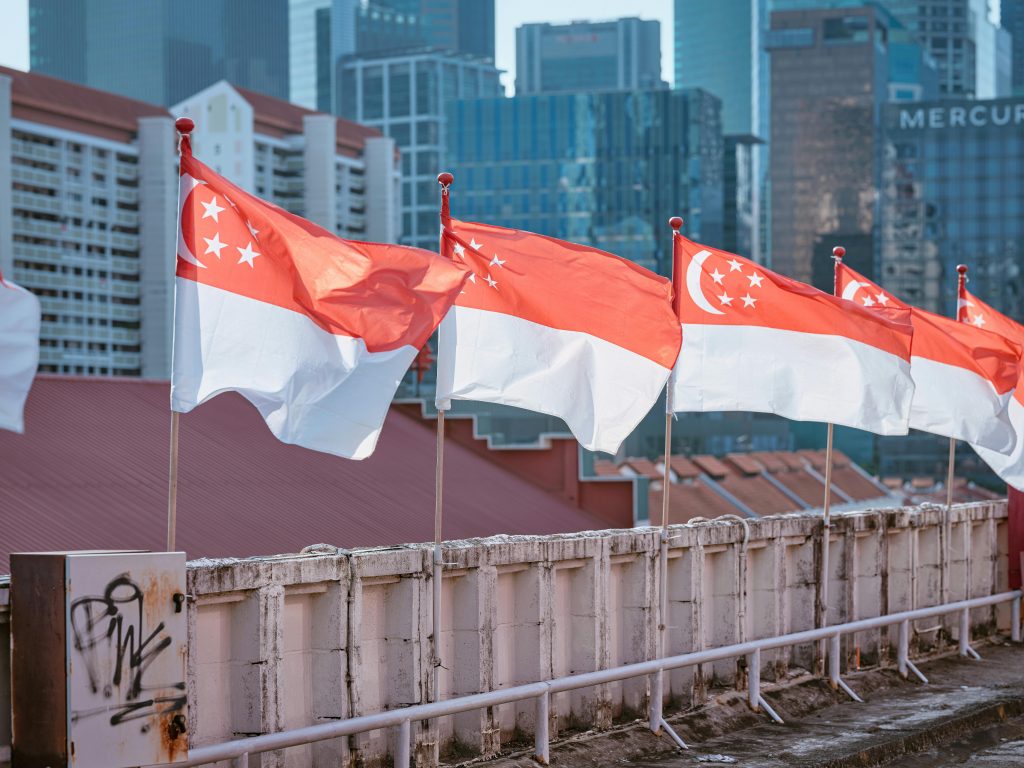
(Singapore, 12.08.2025)Singapore’s economy presents a tale of two contrasting realities. On one hand, a surprisingly strong performance in the first half of the year has prompted the government to raise its 2025 growth forecast. Yet, this good news is tempered by a stern warning of significant risks from global trade tensions. Amid this external uncertainty, the government is taking decisive action on the home front, rolling out a new plan to give lower-wage retail workers a significant pay raise.
This two-pronged approach—addressing both the macro-economic outlook and the well-being of the local workforce—highlights Singapore’s dual strategy of capitalizing on current momentum while strengthening the local economy against external shocks.
Bouncing Back, But The Horizon Is Hazy
The Ministry of Trade and Industry (MTI) has raised its 2025 growth forecast, a move that signals a surge of confidence after a better-than-expected first half of the year. The government now projects the economy will expand by 1.5% to 2.5%, a welcome upgrade from the previous forecast of 0% to 2%. This optimism is rooted in the nation’s robust 4.4% GDP growth in the second quarter, which followed a 4.1% gain in the first.
This impressive performance, however, wasn’t just a result of organic growth. It was largely fueled by a phenomenon known as “front-loading”, where businesses rushed to ship goods ahead of looming US tariffs.
This unseasonal surge in manufacturing and exports helped key sectors like wholesale trade, transportation, and finance outperform expectations. As MTI’s Permanent Secretary, Dr Beh Swan Gin, cautioned, this period of outperformance is likely to fade. “Singapore’s economic outlook for the rest of the year remains clouded by uncertainty,” he noted, adding that it’s premature to speculate whether a technical recession will be avoided.
The unpredictable nature of global trade and the lingering uncertainty over US tariff policies, including the potential for new levies on key Singaporean exports like semiconductors and pharmaceuticals, adds to the unease.
While Singapore faces a relatively low 10% reciprocal tariff, compared to higher rates for most of its Asian peers, the risk remains. A slowdown in global demand could weigh heavily on Singapore’s trade-driven economy.
Beh Swan Gin warned that “the growth of Singapore’s major trading partners in the second half of 2025 is expected to moderate from that in the first half, as the boost from front-loading activities dissipates and the US’ reciprocal tariffs take effect.”
Despite the challenges, there are some bright spots. The transport engineering cluster is thriving due to the sustained shift towards higher value-added aircraft maintenance, repair, and overhaul works. Similarly, the precision engineering cluster is seeing strong growth from a continued ramp-up in capital investments by semiconductor manufacturers, particularly those producing AI-related semiconductors.
The Monetary Authority of Singapore (MAS) has also maintained its policy stance, after easing in January and April, signaling that its monetary policy remains appropriate in light of the current economic conditions. The MAS, which manages monetary policy through the currency, will announce its next decision in October.
Lower-Wage Retail Workers Get a Significant Pay Bump
In a separate but equally significant development, good news has arrived for Singapore’s lower-wage retail workers. The Tripartite Cluster for Retail Industry (TCR) has announced a new round of wage increases under the Progressive Wage Model (PWM), a move that underscores the government’s commitment to building a more inclusive and resilient domestic economy.
Starting September 1, 2025, lower-wage resident retail workers can expect a significant annual pay bump ranging from 5.1% to 6% over the next three years. This means entry-level full-time staff will see their monthly gross salary rise to at least $2,305, up from the current $2,175. This increase also extends to part-time workers, who will see a similar boost in their hourly gross pay.
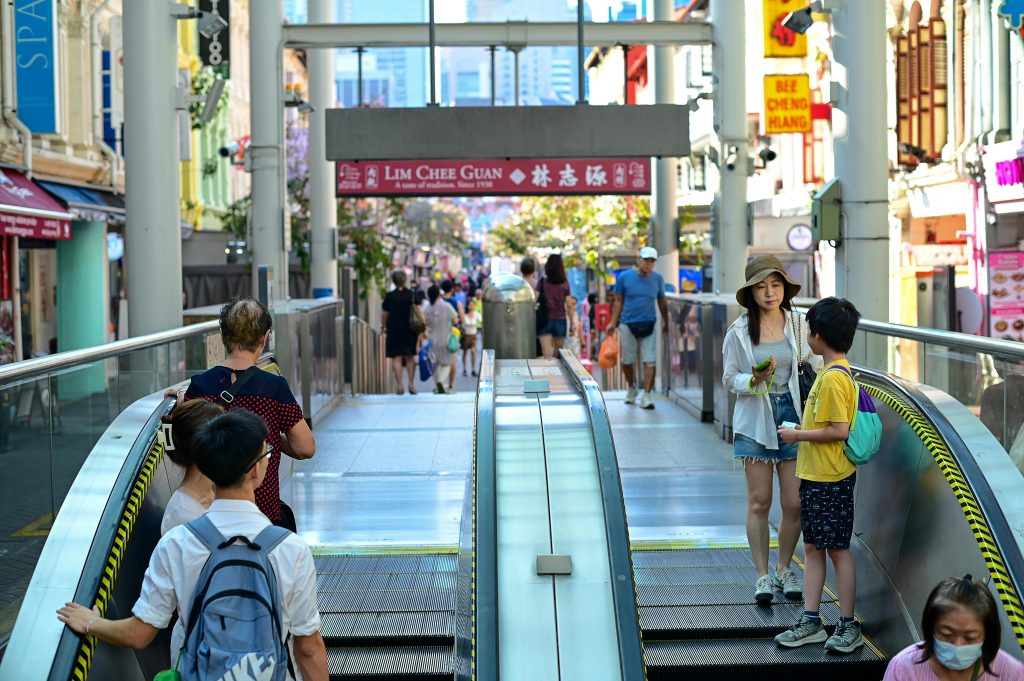
The pay hike for 2027 is subject to review, with the possibility of an upward adjustment if economic conditions improve.
This initiative is a testament to the government’s efforts to uplift the wages of lower-income earners, particularly in a sector facing significant challenges. The TCR drew up its recommendations after close to nine months of consultations with unions, retail employers, and industry associations.
The National Trades Union Congress (NTUC) praised the TCR’s “balanced and pragmatic approach,” recognizing that many employers in the retail sector are grappling with rising operational costs, manpower shortages, and intense competition from e-commerce platforms.
To help businesses adjust to the higher labor costs, the government will provide co-funding to eligible employers, covering up to 40% of the salary increase in 2025 and 20% in 2026. This support is designed to ease cost pressures while encouraging businesses to drive productivity improvements.
Beyond just a pay raise, the new PWM recommendations also include an enhanced career ladder for retail staff and more training options. For instance, relevant diplomas and certificates from local polytechnics and the Institute of Technical Education (ITE) will now be recognized as meeting the minimum training requirements. This reflects a broader belief that every worker deserves a chance to progress with dignity.
NTUC secretary-general Ng Chee Meng said he was “heartened that TCR has recommended not just annual wage increases but also expanded training opportunities and clearer career pathways for retail workers.”
As Singapore navigates the choppy waters of global trade, the government is not just reacting to external forces but is actively working to strengthen its own foundations. The economic forecast and the pay raises for retail workers, while seemingly distinct, are two sides of the same coin: a strategy that prioritizes both outward-facing competitiveness and inward-looking social stability. This dual focus is crucial for ensuring that Singapore remains not only a thriving hub in a volatile world but also a fair and equitable society for all.








